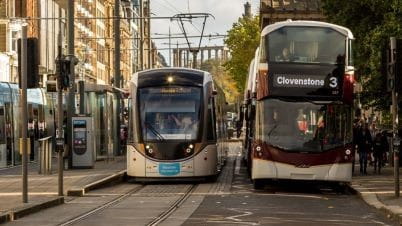IoT, sensors, and connectivity help increase school safety
At least 3,375 threats and 279 violent incidents were recorded in schools during the 2017-2018 school year, according to a study released by Educator’s School Safety Network, an Ohio-based nonprofit. This is an increase of 113% from just one year ago.
As a result of these tragic events, associations, politicians, students, parents, teachers, and education’s leadership continue to work toward a solution that will help identify individuals at risk, while avoiding further school shootings or other dangerous incidents. In March, the House of Representatives passed the STOP School Violence Act which provides grants to states to fund programs and technologies for violence prevention.
The first STOP School Violence grants were awarded by the Department of Justice in October in the amount of $70 million and can be used to fund improvements to school security infrastructure.
Schools can begin their journey to a safer and more secure campus by identifying the requirements for efficient perimeter monitoring, responsiveness, and alert notification.
From surveillance cameras, to security mirrors, electronic gates, school bus sensors, and car parking sensors, this essential equipment can be implemented to manage and supervise site entrances/exits. But, schools must ensure that these devices are connected.
This is where the Internet of Things (IoT) is critical. IoT brings new and very effective safety and security opportunities to campuses. IoT improves interaction and safety by connecting security devices and communication platforms for real-time notifications and alerts and intelligence-driven data for analysis. An intelligent, connected security system creates a safer education environment where communication and coordination with first responders, parents, faculty, and students is reality.
When a security event occurs, it is important to reach the right person at the right time, and in the right place. Using several channels of communication (chat, call, SMS, app notification, etc.) real-time notifications are possible. Most importantly, you will have the ability to provide security instructions that will avert panic and orient students, faculty, staff, and administrators to a safe location. Geolocation technology can then route emergency personnel and first responders to the location of the incident and/or the safe gathering location.
The connected-era is upon us and modern technology provides enormous opportunities for improved communication and notification. Thanks to IoT, schools have the ability to deliver extraordinary levels of security with real-time information and rapid emergency response.
Latest Blogs

The SaaS Advantage for Hotels and Hospitality Communication…
Modern hospitality communications platforms deliver flexibility, cost optimization and exceptional guest experiences.

Your Communications System: A Brake or an Accelerator?
A modernized platform empowers enterprises to optimize operations and drive continuous performance.

Smart Manufacturing Solutions: The Future of Connected Fact…
Smart manufacturing solutions enable connected factories through reliable, intelligent network connectivity that powers automation and efficiency.

Improving Collaboration in Multimodal Transport
Rainbow transforms how companies, staff and passengers operate and connect in public multimodal transport systems.





